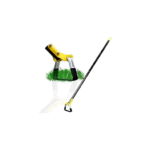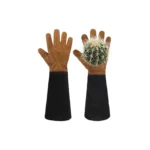Tired of fighting with heavy, gas-powered tillers or back-breaking manual tools every time your garden needs prepping? You’re not alone. Whether you’re breaking new ground or simply refreshing your soil for spring planting, electric tillers are quickly becoming the go-to solution for U.S. homeowners and gardening enthusiasts.
These machines save time, spare your back, and make cultivating your garden easy and efficient—without the mess of gas or loud noise. We’ve dug deep (pun intended) to find the best electric tillers on the market right now. Whether you’re tackling a small backyard patch or prepping a mid-sized vegetable garden, there’s something here to power up your soil with less hassle.
Earthwise TC70025 7.5-Inch 2.5-Amp Corded Electric Tiller/Cultivator
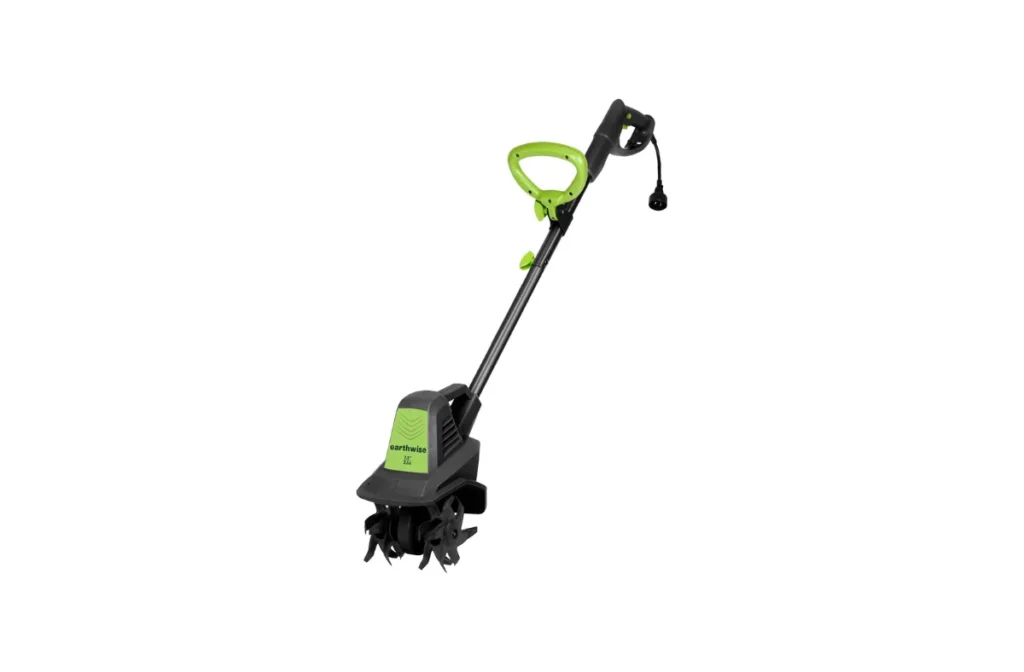
A compact and lightweight option for beginners and small garden spaces.
Pros:
- Super lightweight at only 8.8 lbs
- Easy to handle and store
- Great for flower beds and tight corners
Cons:
- Limited tilling width (7.5 inches)
- Not ideal for hard or rocky soil
Best For: Urban gardeners or beginners who need something simple for soft soil or raised beds. Its size and ease of use make it an awesome pick for quick weekend garden tune-ups without breaking a sweat.
LawnMaster TE1318W1 Corded Electric Tiller 13.5-Amp 18-Inch
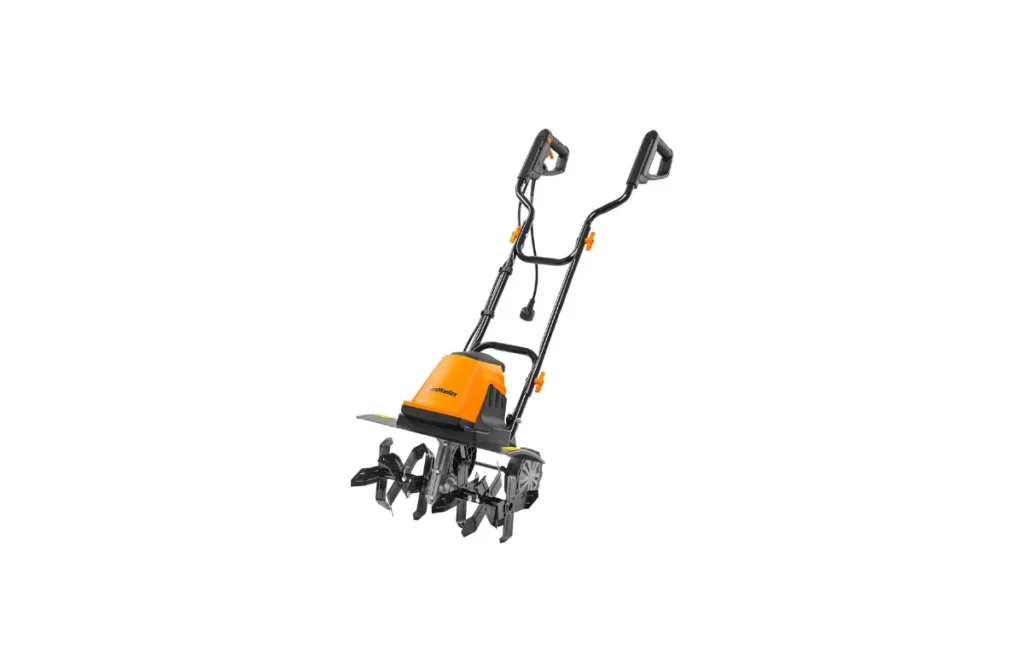
A powerful, high-performance corded tiller ideal for larger areas.
Pros:
- Wide 18-inch tilling width
- Strong 13.5-amp motor handles tough soil
- Foldable handles for easier storage
Cons:
- Can be a bit heavy for smaller users (26 lbs)
- Needs an extension cord for large areas
Best For: Homeowners with medium to large gardens who want serious tilling power. This one eats through clay or packed dirt like butter and gives you a lot of value for a reasonable price.
18-Inch 15-Amp Electric Tiller Cultivator
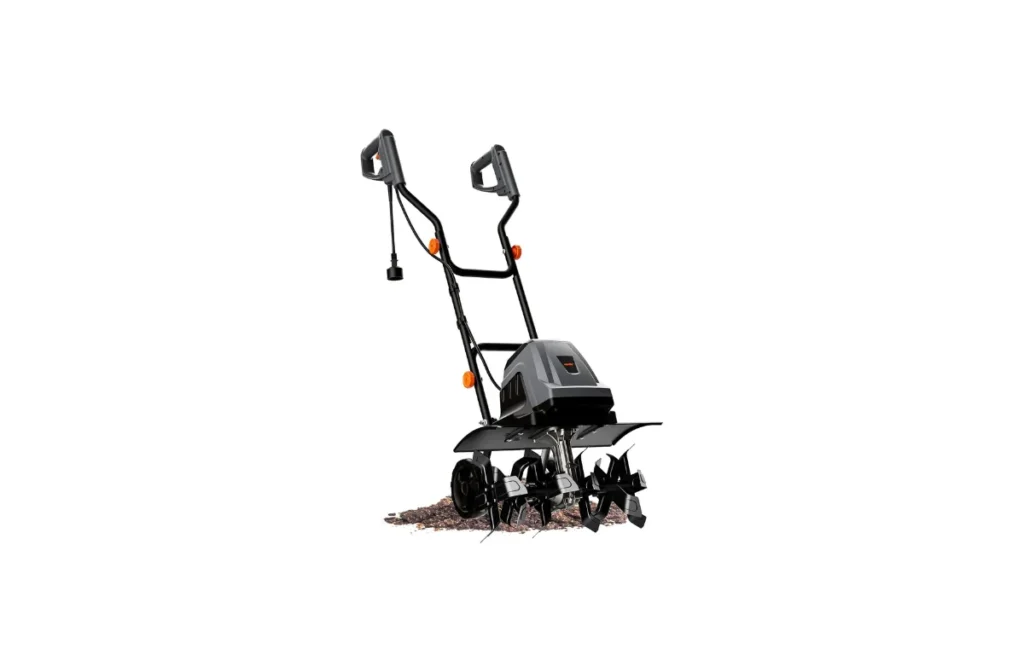
Heavy-duty and versatile with four adjustable wheels and 24 steel tines.
Pros:
- Super powerful 15-amp motor
- Deep 8.7-inch tilling depth
- Foldable design + adjustable wheels
Cons:
- A bit pricier
- Not cordless, so needs cable management
Best For: Gardeners who want maximum performance and adjustability. If you’re dealing with compacted soil or want deep tilling with control, this one’s a beast.
Alloyman 20V Cordless Tiller Cultivator
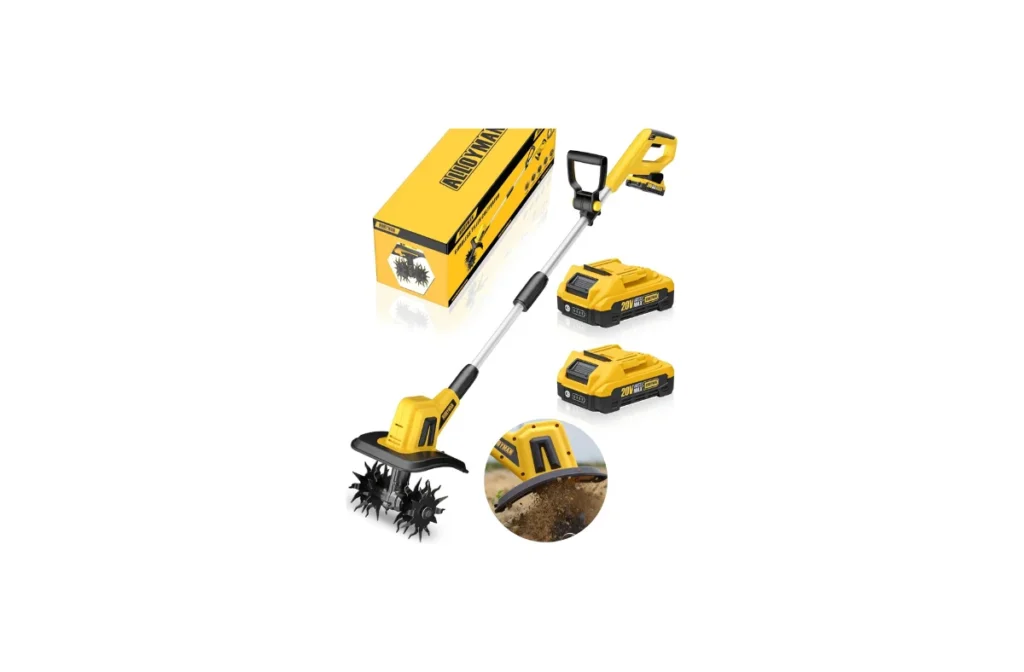
A battery-powered tiller that offers full mobility and lightweight use.
Pros:
- Cordless convenience with two 2.0Ah batteries included
- Lightweight and easy to maneuver
- Good for raised beds and small gardens
Cons:
- Not meant for heavy-duty or deep soil work
- Battery runtime is limited (about 30–40 minutes)
Best For: Homeowners who need a quick and easy solution for loosening soil or maintaining small garden patches. Ideal if you’re tired of managing cords.
MZK 20V Cordless Tiller Cultivator

A battery-powered, steel-tined tiller great for fast and light-duty gardening.
Pros:
- Comes with two batteries and charger
- Easy assembly and low maintenance
- Lightweight and compact
Cons:
- Narrow tilling width (8 inches)
- Only suitable for light tilling
Best For: Gardeners who prioritize portability, storage, and low effort. It’s a great choice if you’re working in tight garden beds or just starting out with basic soil maintenance.
Quick Comparison Table
| Product Name | Key Feature | Specs | Pros |
| Earthwise TC70025 | Lightweight and compact | 7.5″ width, 2.5-amp | Great for tight spaces and beginners |
| LawnMaster TE1318W1 | Powerful motor, wide till | 18″ width, 13.5-amp | High performance, foldable handle |
| 15-Amp Electric Tiller | Heavy-duty tilling power | 18″ width, 15-amp | Deep tilling, adjustable wheels |
| Alloyman 20V Cordless | Cordless convenience | 9″ width, 20V | Portable, includes 2 batteries |
| MZK 20V Cordless | Lightweight steel tines | 8″ width, 20V | Easy to store, ideal for raised beds |
Buying Guide – What to Consider Before Buying the Best Electric Tiller
1. Power Source: Decide between corded and cordless. Corded tillers offer more power and continuous use, while cordless ones provide freedom of movement and easy handling.
2. Motor Power: If you’re working with dense soil or need deeper tilling, go for higher amp models (13.5 to 15 amps). For lighter tasks, smaller motors or battery-powered options work fine.
3. Tilling Width & Depth: Wider tillers (16–18 inches) save time for larger gardens. Narrow models (7–9 inches) are easier to control in small areas. Depth matters if you’re prepping for root veggies or breaking new ground.
4. Weight & Portability: Make sure you’re comfortable handling the weight. Heavier tillers work better in tough soil but may be tiring to maneuver.
5. Additional Features: Foldable handles, steel tines, adjustable wheels, or dual batteries can make a big difference in usability and storage.
FAQs
Can I use an electric tiller to break new ground?
Yes, but you’ll need a higher-powered model (13.5-15 amps) or one with sturdy steel tines to tackle packed or untouched soil.
How deep do electric tillers usually go?
Most electric tillers can dig between 6 to 9 inches deep, which is ideal for most home gardening needs.
How long does a battery-powered tiller last on a charge?
Typically, 20V tillers last around 30–40 minutes per charge, depending on soil type and motor load.
Are electric tillers hard to assemble?
Not at all! Most models come nearly assembled, and you just need to attach the handles or wheels. No tools? No problem.
Final Thought
Whether you’re revitalizing a compact backyard garden or breaking new ground for a full vegetable patch, choosing the best electric tiller can seriously upgrade your soil prep game. If you’re on a budget or just need something light-duty for flower beds, the Earthwise TC70025 is a compact, easy-to-handle option. Want maximum tilling depth and width? Then the 18-Inch 15 Amp Electric Tiller is your power-packed partner. And for cordless convenience, both the MZK and Alloyman 20V tillers are great picks for hassle-free, cable-free cultivation.
While you’re upgrading your garden tools, it might be worth checking out our top picks for the best cordless hedge trimmers to shape your shrubs with precision, or explore our favorite leaf blower vacuums to keep your yard clean and leaf-free after tilling.
Disclosure
As an Amazon Associate, we may earn commissions from qualifying purchases made through links in this post—at no extra cost to you. This helps support our work and keeps our gardening content free for you.


